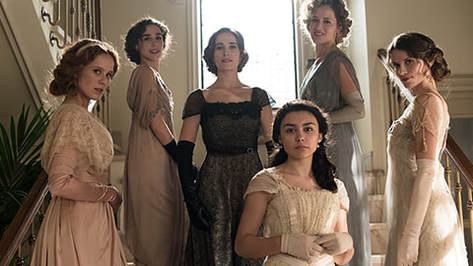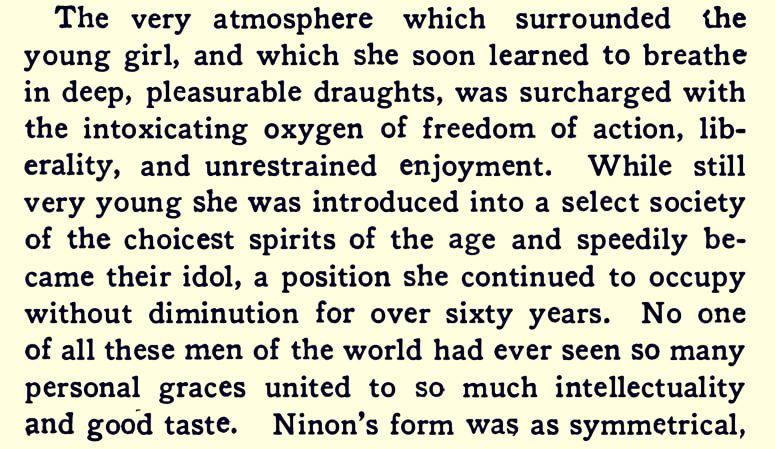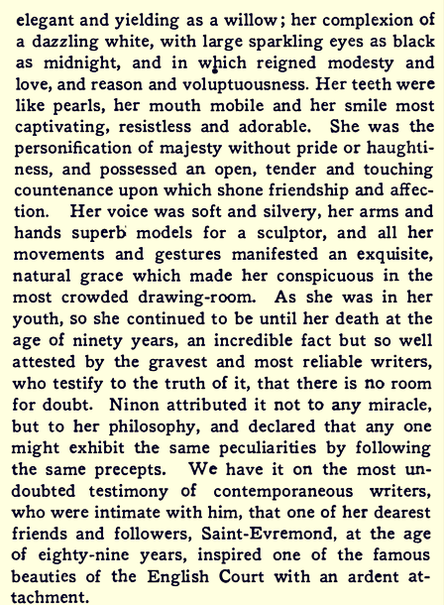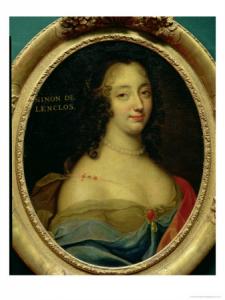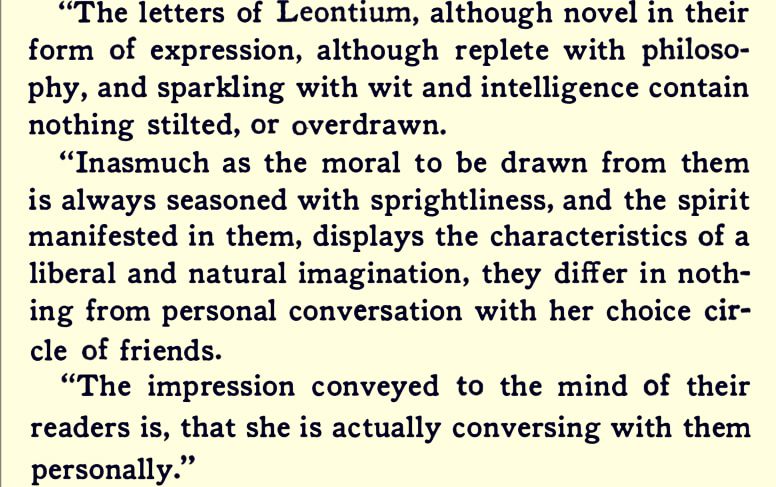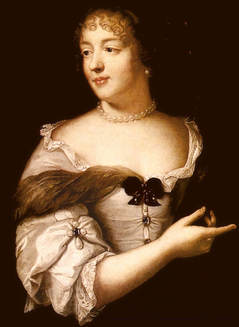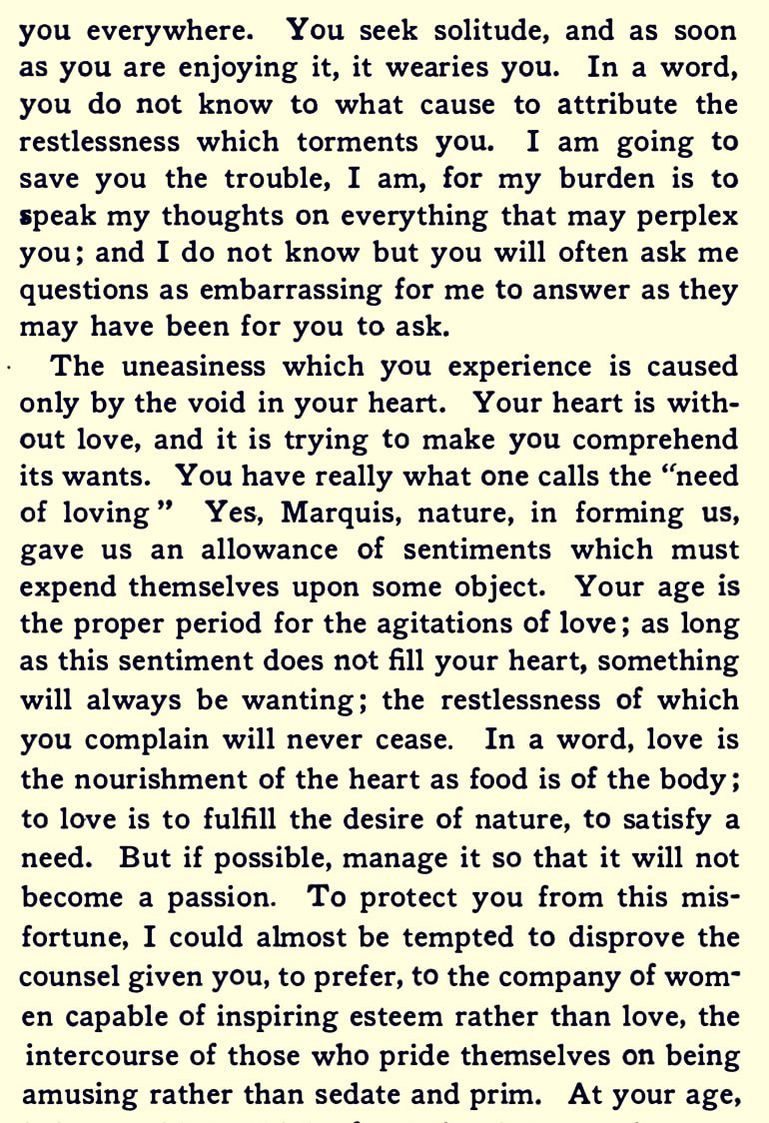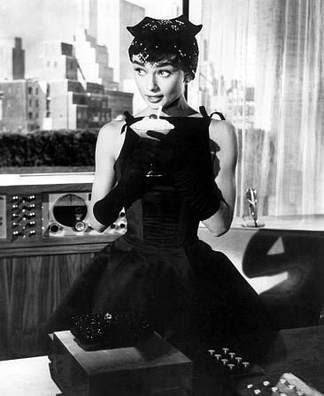|
What does these two Spaniards have in common: Ramon Campos, the brain behind the most elegant Spanish TV series like Gran Hotel and Galeria Velvet, and Amancio Ortega, the richest man in Europe, whose rank worldwide varies between No. 1 and No.4? A Coruña and 1975. 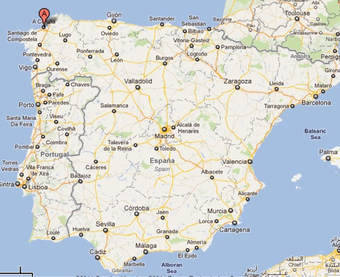 A Coruña, a municipality located in Galicia region, the Northwestern part of Spain. In 1975, Amancio Ortega and his wife Rosalia Mera opened their first Zara shop in A Coruña, the Capital city, and in that same year, in a much smaller city called Noia, a boy named Ramon Campos was born. Galicia region is what usually called "The Celtic Spain", it´s rainy, windy and somewhat isolated due to its location, similar to Brittany of France, but compared with Brittany, it still kept its very strong Celtic influence, and the Galicians- the people who were born here are said to have a Spanish heart and a Celtic Soul, they are natural poets: Santiago de Compostela, donde la lluvia es arte y la mujer es poesía (Santiago de Compostela where rain is art and woman is poetry) *Santiago de Compostela is the capital city of Galicia, also the destination of one of the most important Catholic pilgrimage route In Spanish, Galicians are called "Gallegos", in Spain, Gallegos are story tellers. Ramon Campos is a Gallego, and he is a story teller. He tells stories on the small screen. 1913. The owner of the biggest fabric factory in Madrid suddenly died, leaving behind a factory in trouble and six daughters, who had up until then been living in a worry free world of luxury and privilege, to enfront life and their own self. Thus started the story of SEIS HERMANAS(Six Sisters), an epoch drama of more than 400 episodes created by Ramón Campos and distributed by Spanish media channel RTVE. 1958. It was still the time of haute couture, when people of money and classes had all their clothes custom made, and such people in Madrid went to Galerías Velvet(Velvelt Gallery) to have dresses and outfits made for their wives, daughters and mistresses. Behind the heavy door of the Galerías Velvet, most expensive and fashionable dresses were made, tried on and paid for, great money was made, spent and lost, jealousy and hate were cultivated, and love, impossible but passionate love: love of the future owner of Velvet for one of its humble seamstress. 1905. In fictional Cantaloa (name playing of Cantabria Province in northern Spain), a young man named Julio came to Gran Hotel(Grand Hotel), the most luxious hotel in that area of Spain, to look for his sister who worked there as housemaid and did not write to him for suspiciously long time. He found and then lost his beloved sister, but encounted something he never could have expected: love. A powerful and profound love he was willing to sacrifice his own life for. 1921. Melilla, Morocco. It were Tiempos de Guerra (times of war). Spain was fighting its anti colonial war in RIF mountain areas against the rebellions lead by Abd el-Krim, and the hospital in the front was far from being able to save the life’s of the Spanish soldiers wounded daily. The patriotic Queen Victoria Eugenia decided to build a Red Cross hospital in Melilla to save more Spanish soldiers, and a group of young girls of aristocratical families were trained to become nurses and sent to the front, but on the train, there was another girl, of same background but not a nurse, and with completely different purpose: to look for her brother and fiancé, both soldiers and both she had heard nothing from.... From Seis Hermanas, Galerias Velvet, to Gran Hotel and Tiempos de Guerra, Ramón Campos demonstrated he was not just a masterful story teller, but an elegant one, a rare combination in the world of media today, particularly the world of small screen, which was over flooded with stupidity, ugliness, and vulgarity. I did not finish watching Seis Hermanas, it was starting to become over dramatic after episode 200, but the other three TV series (Tiempos de Guerra is still on going) are masterpieces, from the casting , the music, the costumes, the story structure, the personages, the dialogues, even the angles of the camera, almost every detail was attended to. It seemed this Gallego is in his best when telling story about another time, perhaps it was because he could indulge in manifesting elegance and not worry being ridiculed. I loved these stories and I love the way how he told them. And I am not the only one. Netflix loved Ramón Campos’ stories so much that it asked his Bamboo Produciones to create a TV serie exclusively for Netflix, the first time for a Spainish producer.
I had high expectation of Las chicas del Cable(the cable girls), anther epoch drama set in 1920 Madrid, about four girls working in a big telephone company. But I was disappointed after watching the first season. It was suffused with a nervous energy, From the casting, the music and songs, to the ambience, the actors’ performance and the way how most of them talked, and the change to 50 minute each episode to adopt to international tv serie standard seemed to make it more obvious. Was it because he was too aware of the international audiences of Netflix to have lost his sensitive sense of Spanish elegance?
Even today, her writing looked crispy and her philosophy sparkled with wisdom still relevant today. Perhaps God is really unfair afterall, he sometimes would creat some masterpiece which is as perfect as Ninon de L'enclos, to show us that he does, exist. 1964, Copenhagen, Denmark. On the stage of Eurovision song contest, an Italian girl Gigliola Cinquetti (20 Decemeber 1947) sang the Italian song"Non ho l'età", wearing a dark navy or black sleeveless A line dress of knee length, with the Sabrina Collar (named after Audrey Hepburn's movie of the same name by French Costume designer Hubert de Givenchy, who designed most of Audrey's wardrobe in the film). In that dress and her ponytail, she sang and moved and even looked like the young Audrey: pure, innocent, and dainty. Gigliola was 16, and her song was just like her, pure, innocent, dainty, about a young girl who wants to love but knows she is too young to love and needs to wait. With this song, Gigliola not only won thunderous applauses from the audience, the championship of the contest, but the rare honour of being the first and only artist in the Eurovision contest history to be allowed to greet her audience for the second time. 1993, Tokyo, Japan. Across the Atlantic Ocean, Gigliola Cinquetti sang this same song, her hair loose and wavy, her voice much deeper and more mature, she was already a world famous singer and not young any more. Even the dresses she wore was completely different, just liker she herself. Other than the A line silhouette, everything else was different: intstead of black, it was white, instead of the very high Sabrina collar, it was a deep V neck, instead of sleeveless, it was of 3/4 sleeve, and it was much longer, almost up to her ankle. What did not change, was that she still carried the same subtleness and elegance on stage, like she did almost thirty years earlier. The song itself was very simple, about a teenage girl's chaste philosophy of love, which will sound very rare today, when everything needs to happen right now, perhaps seemed quite unusual as well at the time when Gigliola sang it, the time of miniskirt and sexual freedom.
Only a noble soul forgives, like Pablo Neruda did. In 1948, Pablo Neruda had to leave his country Chile due to the threat of arrest, and spent the next four year in exile. But after returning to his country, he published the poem Si tu me olvidas (If you forget me), like Stefan Zweig and all the other literary exile before him, Pablo Neruda was born and lived in a country that slowly but definitely did not belong to him anymore, but he never gave up loving, deeply, profundly, permanently, even with doubt, even with hatred, like when a man really loves, his woman, his child, his own life.
|
Archives
July 2023
|


